Zhenhua Shi
An adaptive recursive sliding mode attitude control for tiltrotor UAV in flight mode transition based on super-twisting extended state observer
Nov 03, 2021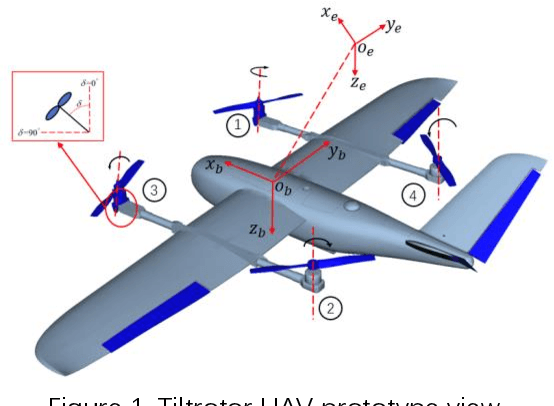

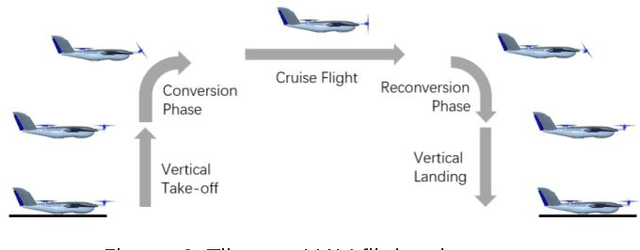
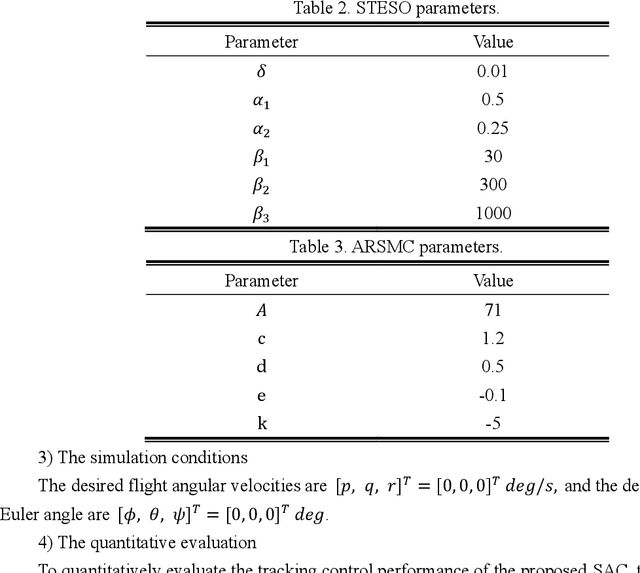
Abstract:With the characteristics of vertical take-off and landing and long endurance, tiltrotor has attracted considerable attention in recent decades for its potential applications in civil and scientific research. However, the problems of strong couplings, nonlinear characteristics and mismatched disturbances inevitably exist in the tiltrotor, which bring great challenges to the controller design in transition mode. In this paper, we combined a super-twisting extended state observer (STESO) with an adaptive recursive sliding mode control (ARSMC) together to design a tiltrotor aircraft attitude system controller in transition mode using STESO-ARSMC (SAC). Firstly, the six degrees of freedom (DOF) nonlinear mathematical model of tiltrotor is established. Secondly, the states and disturbances are estimated by the STES observer. Thirdly, ARSM controller is designed to achieve finite time convergence. The Lyapunov function is used to testify the convergence of the tiltrotor UAV system. The new aspect is that the assessments of the states are incorporated into the control rules to adjust for disruptions. When compared to prior techniques, the control system proposed in this work can considerably enhance anti-disturbance performance. Finally, simulation tests are used to demonstrate the efficacy of the suggested technique.
FCM-RDpA: TSK Fuzzy Regression Model Construction Using Fuzzy C-Means Clustering, Regularization, DropRule, and Powerball AdaBelief
Nov 30, 2020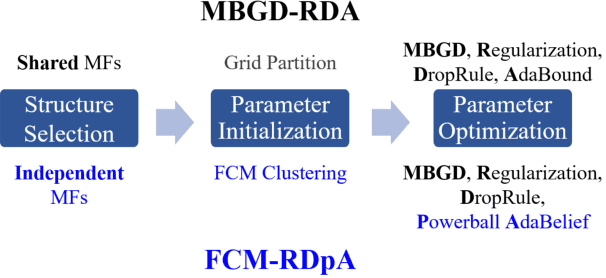
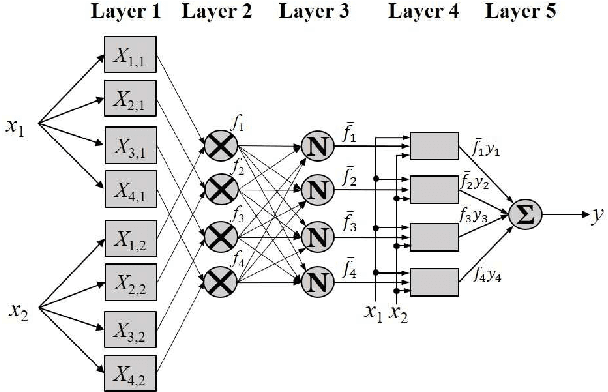
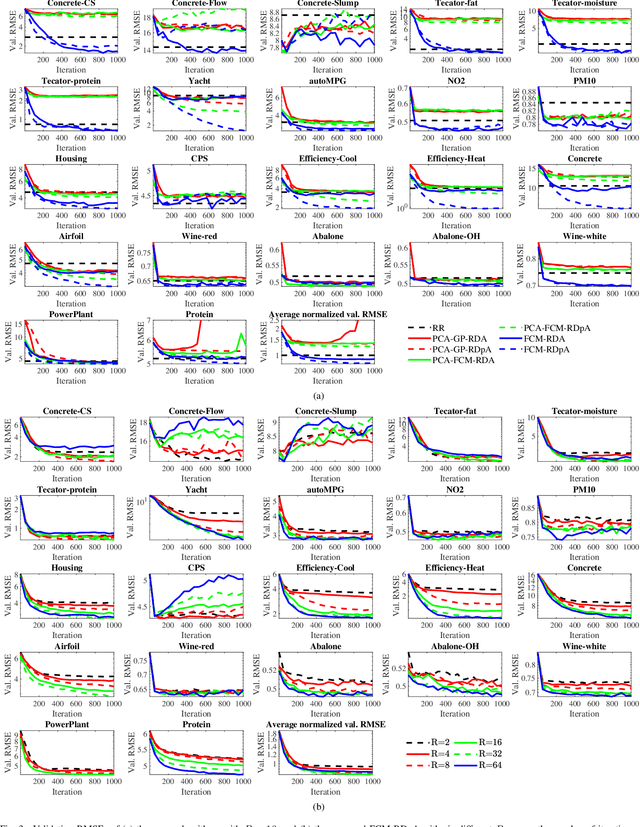
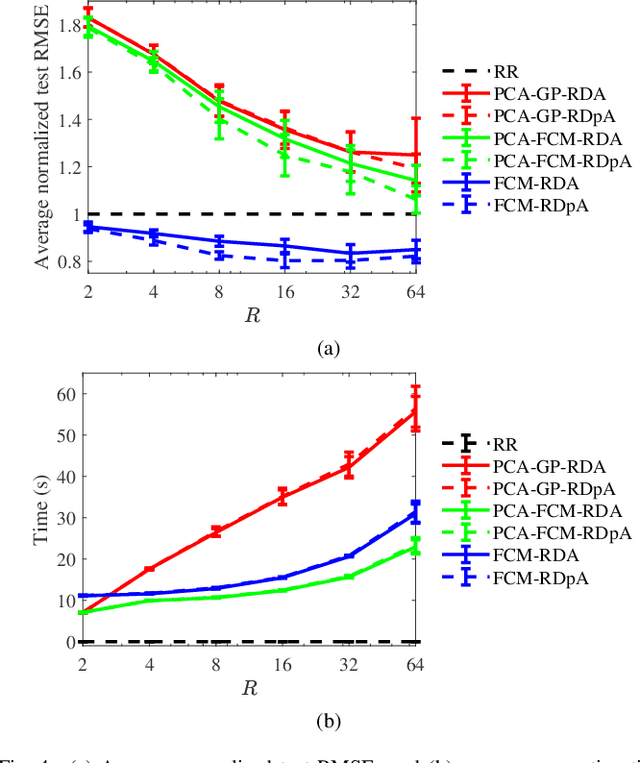
Abstract:To effectively optimize Takagi-Sugeno-Kang (TSK) fuzzy systems for regression problems, a mini-batch gradient descent with regularization, DropRule, and AdaBound (MBGD-RDA) algorithm was recently proposed. This paper further proposes FCM-RDpA, which improves MBGD-RDA by replacing the grid partition approach in rule initialization by fuzzy c-means clustering, and AdaBound by Powerball AdaBelief, which integrates recently proposed Powerball gradient and AdaBelief to further expedite and stabilize parameter optimization. Extensive experiments on 22 regression datasets with various sizes and dimensionalities validated the superiority of FCM-RDpA over MBGD-RDA, especially when the feature dimensionality is higher. We also propose an additional approach, FCM-RDpAx, that further improves FCM-RDpA by using augmented features in both the antecedents and consequents of the rules.
Supervised Discriminative Sparse PCA with Adaptive Neighbors for Dimensionality Reduction
Jan 12, 2020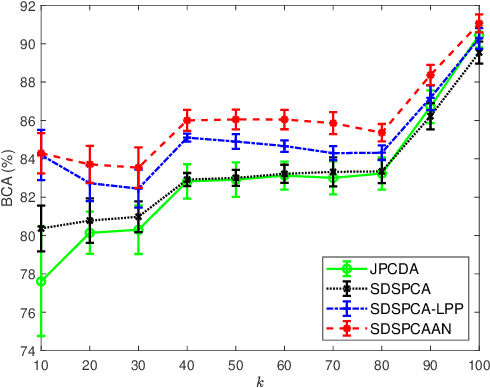

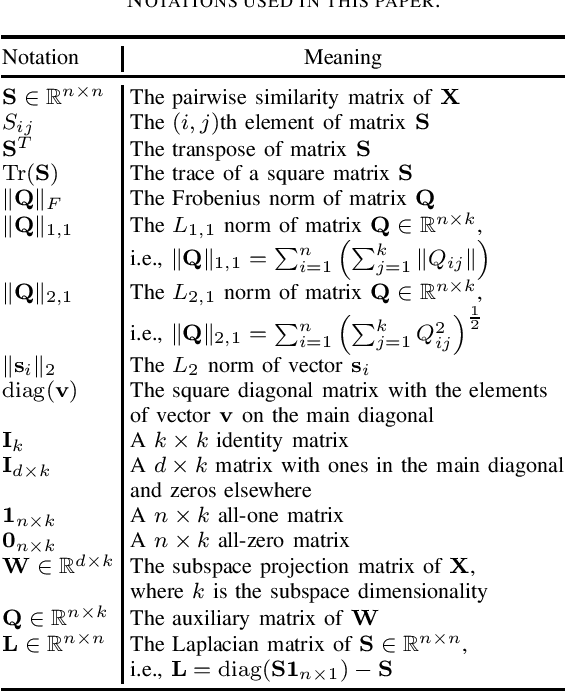
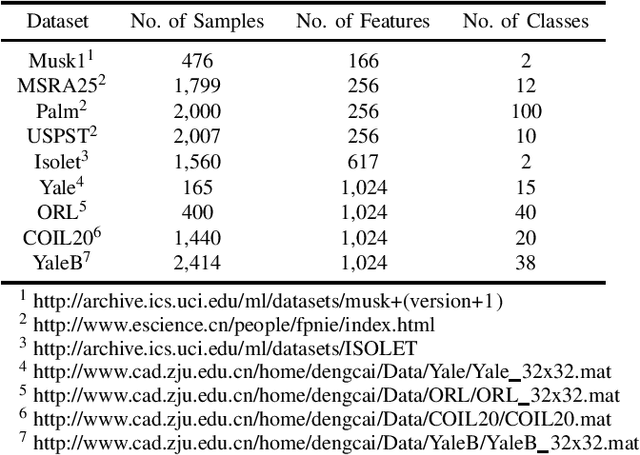
Abstract:Dimensionality reduction is an important operation in information visualization, feature extraction, clustering, regression, and classification, especially for processing noisy high dimensional data. However, most existing approaches preserve either the global or the local structure of the data, but not both. Approaches that preserve only the global data structure, such as principal component analysis (PCA), are usually sensitive to outliers. Approaches that preserve only the local data structure, such as locality preserving projections, are usually unsupervised (and hence cannot use label information) and uses a fixed similarity graph. We propose a novel linear dimensionality reduction approach, supervised discriminative sparse PCA with adaptive neighbors (SDSPCAAN), to integrate neighborhood-free supervised discriminative sparse PCA and projected clustering with adaptive neighbors. As a result, both global and local data structures, as well as the label information, are used for better dimensionality reduction. Classification experiments on nine high-dimensional datasets validated the effectiveness and robustness of our proposed SDSPCAAN.
Multi-View Broad Learning System for Primate Oculomotor Decision Decoding
Aug 16, 2019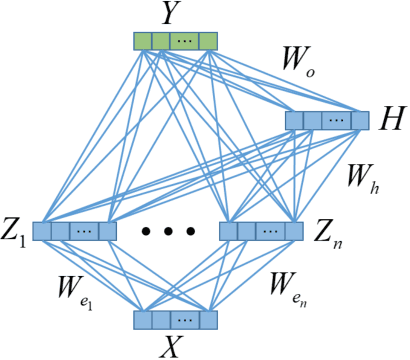
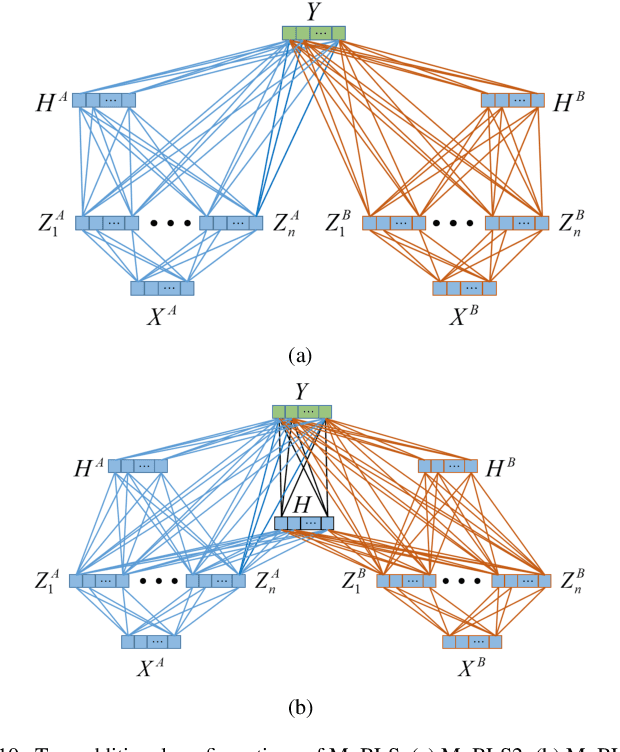

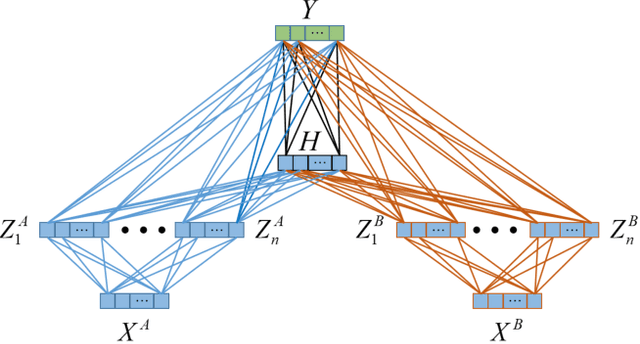
Abstract:Multi-view learning improves the learning performance by utilizing multi-view data: data collected from multiple sources, or feature sets extracted from the same data source. This approach is suitable for primate brain state decoding using cortical neural signals. This is because the complementary components of simultaneously recorded neural signals, local field potentials (LFPs) and action potentials (spikes), can be treated as two views. In this paper, we extended broad learning system (BLS), a recently proposed wide neural network architecture, from single-view learning to multi-view learning, and validated its performance in monkey oculomotor decision decoding from medial frontal LFPs and spikes. We demonstrated that medial frontal LFPs and spikes in non-human primate do contain complementary information about the oculomotor decision, and that the proposed multi-view BLS is a more effective approach to classify the oculomotor decision, than several classical and state-of-the-art single-view and multi-view learning approaches.
 Add to Chrome
Add to Chrome Add to Firefox
Add to Firefox Add to Edge
Add to Edge